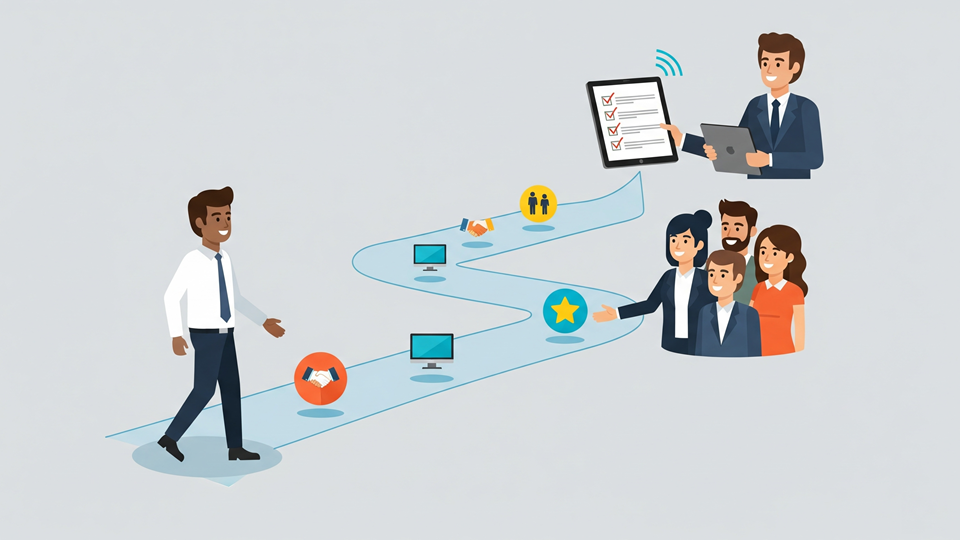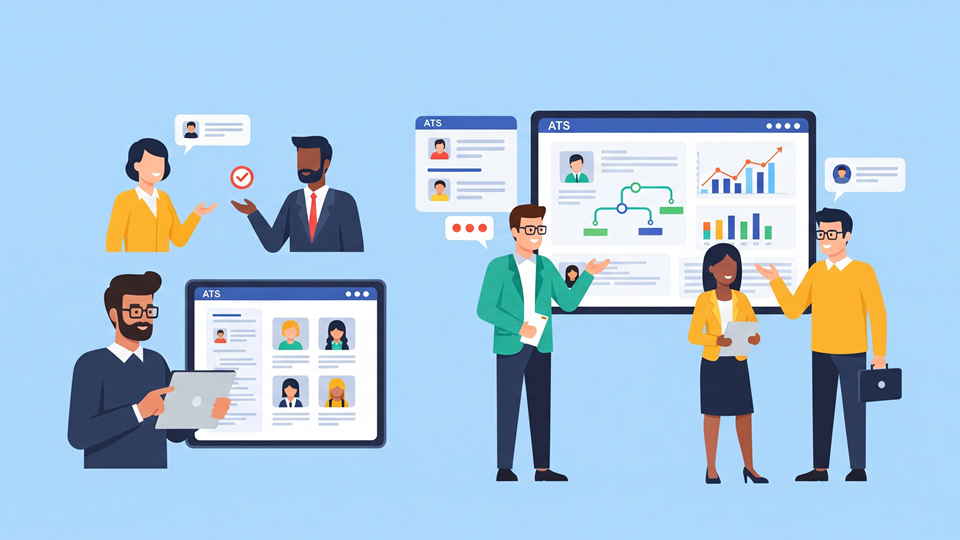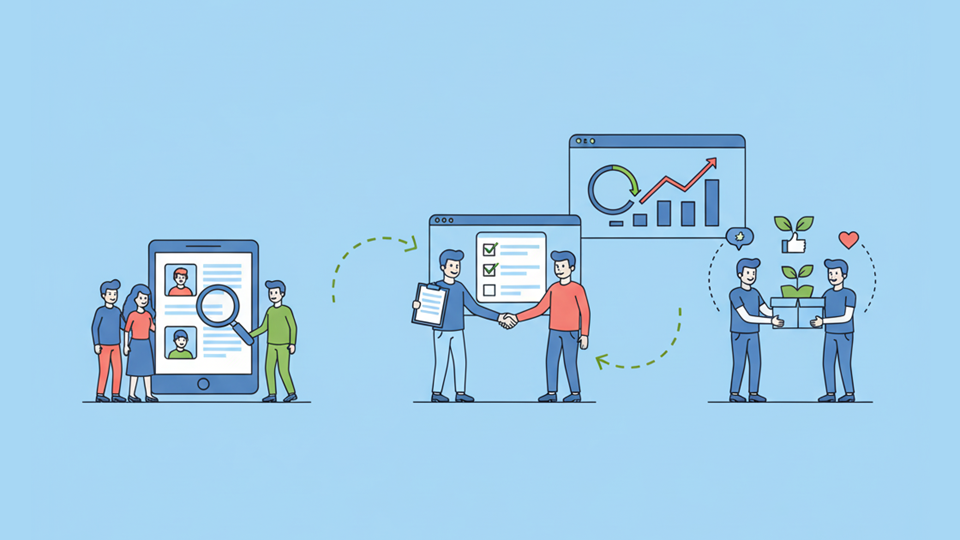Introduction
Training is a powerful tool for converting new hires into long-term, loyal employees. Companies that invest in structured onboarding and continuous learning not only boost retention but also enhance productivity, engagement, and overall company culture. In today’s competitive market, providing effective training is no longer optional—it’s essential.
The Role of Training in Employee Loyalty
According to LinkedIn's Workplace Learning Report, 94% of employees would stay at a company longer if it invested in their career development. Training demonstrates that the organization values its people, fostering trust and loyalty from the start.
Structured Onboarding
Structured onboarding programs provide new hires with clear expectations, role clarity, and the necessary tools to succeed. For example, Atlassian uses a 90-day onboarding plan combining e-learning, mentoring, and project-based assignments. This ensures employees feel competent and integrated, reducing early turnover.
Continuous Learning
Beyond onboarding, ongoing training opportunities help employees grow and stay engaged. Providing access to certifications, workshops, and skill-development programs signals investment in personal and professional growth, building loyalty over time.
Types of Effective Training
1. Technical Skills Training
Role-specific skill development ensures employees can perform their jobs confidently. For example, Salesforce provides product-specific certifications that empower employees to excel in client-facing roles.
2. Soft Skills Development
Training in communication, collaboration, problem-solving, and leadership is equally critical. Harvard Business Review notes that soft skills are among the top predictors of long-term career success and engagement.
3. Cultural and Compliance Training
Introducing new hires to company culture, values, and ethics promotes alignment. Compliance training ensures employees understand regulations and policies, protecting both the organization and the employee.
Strategies to Maximize Training Impact
- Personalize Learning Paths: Tailor training to role, experience, and career goals to increase engagement.
- Leverage Technology: Use Learning Management Systems (LMS), webinars, and microlearning modules for accessibility and flexibility.
- Encourage Mentorship: Pair new hires with experienced employees to reinforce learning through guidance and real-world experience.
- Measure and Adapt: Track progress, gather feedback, and continuously refine training programs for better results.
Real-World Examples
Google’s onboarding program, known as "Noogler Training," combines intensive technical and cultural learning for new hires. Employees report feeling prepared, supported, and connected, contributing to high retention rates. Similarly, Zappos emphasizes culture and customer-service training to ensure employees align with core company values.
Benefits Beyond Retention
Well-trained employees not only stay longer but also perform better. According to the Association for Talent Development (ATD), companies that invest in employee training see 218% higher income per employee and a 24% higher profit margin than those who don’t.
Conclusion
Investing in training is a strategic approach to turn new hires into loyal, high-performing employees. Structured onboarding, continuous learning, and development opportunities foster engagement, alignment, and long-term commitment. By prioritizing employee growth, companies cultivate a culture of loyalty and sustainable success.





